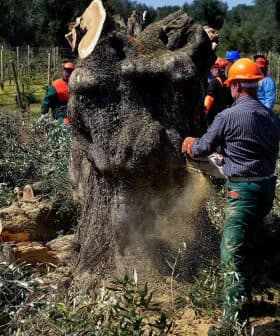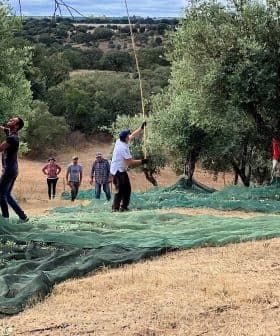Xylella Fastidiosa Identified in Rosemary Plants in Portugal
Authorities in Portugal have detected Xylella fastidiosa bacteria in two rosemary plants in Lisbon and the Algarve during routine checks, with a total of 166 samples currently being analyzed. Measures have been taken to test all susceptible plants in 50-meter zones in both locations, as concerns grow over the potential role of the meadow spittlebug in spreading the disease, which has caused outbreaks in France, Italy, and Spain.
Authorities in Portugal have detected Xylella fastidiosa bacteria in two rosemary plants in the center and south of the country.
The General Directorate of Food and Veterinary Medicine said it identified the samples during routine checks in Lisbon and the Algarve. A total of 166 samples are currently being analyzed.
See Also:Grant Provides Funds for Researching Xylella Fastidiosa BiopesticidesIn both the Algarve, Portugal’s southernmost region, and Lisbon, a zone with a 50-meter radius has been set up in which all plants susceptible to Xylella fastidiosa are being tested. Additionally, a 2.5‑kilometer buffer zone has also been set up in both locations to stem the spread of the disease.
Authorities have not been able to identify how either rosemary sample became infected but are reportedly concerned that the Philaenus spumarius insect, commonly known as the meadow spittlebug, may be behind the infections.
Efforts are currently underway in Andalusia and Italy to track the movement of the insect, which is one of the primary vectors of the deadly olive tree pathogen.
Portugal’s first case of Xylella fastidiosa was confirmed in December 2018, when the bacteria were identified in lavender plants at a zoo in the north of the country. However, it has not spread widely in the country and has not infected any olive groves.
According to the European and Mediterranean Plant Protection Organization, Xylella fastidiosa outbreaks have been confirmed in three other European countries: France, Italy and Spain.
- General Directorate of Food and Veterinary Medicine
- General Directorate of Food and Veterinary Medicine
- Jornal de Notícias









